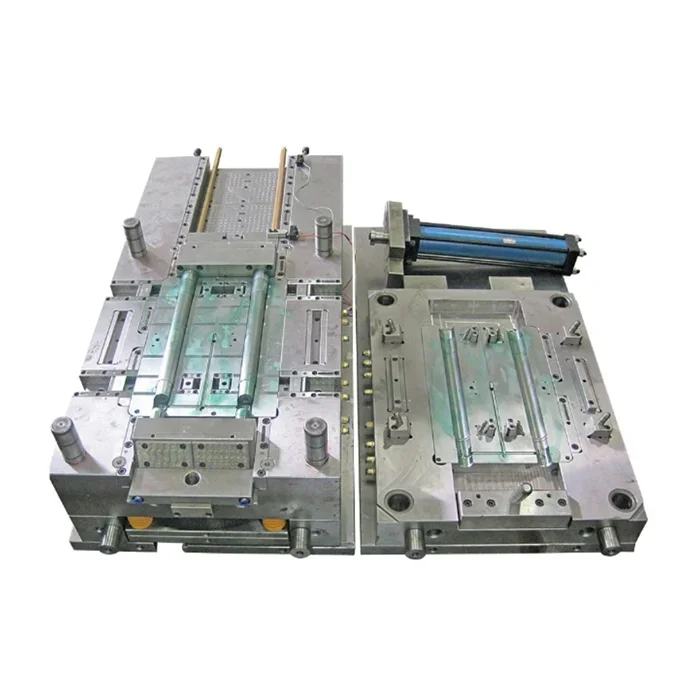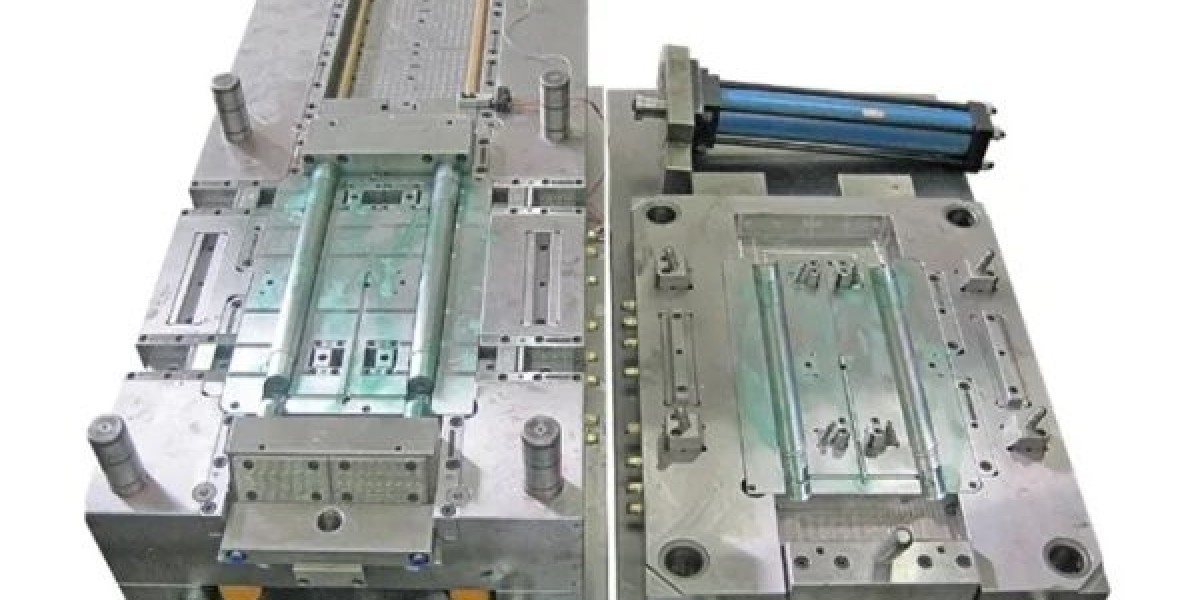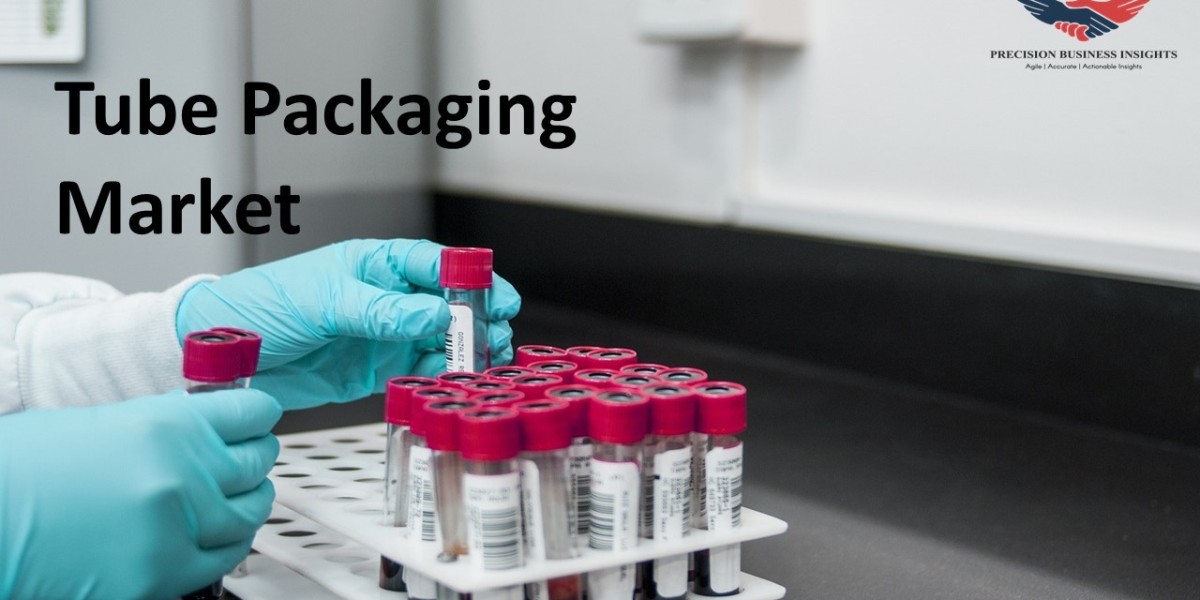In today's fast-paced world, vacuum cleaners have become an essential household appliance for maintaining cleanliness and hygiene. Behind the sleek and efficient design of these devices lies a complex manufacturing process, particularly in the creation of the injection mold. This blog post aims to provide a comprehensive guide to the manufacturing process of precise vacuum cleaner injection molds, shedding light on the intricate steps involved in their production.
1. Understanding Injection Molding:
Injection molding is a widely used manufacturing process for producing plastic parts, including vacuum cleaner components. It involves injecting molten plastic material into a mold cavity, allowing it to cool and solidify, and then ejecting the finished product. The process is highly efficient, cost-effective, and capable of producing intricate and precise parts.

2. Designing the Mold:
The first step in manufacturing a precise vacuum cleaner injection mold is designing the mold itself. This involves careful consideration of factors such as part geometry, material selection, and mold layout. Computer-aided design (CAD) software is commonly used to create a 3D model of the mold, allowing for precise visualization and adjustments before moving on to the next stage.
3. Mold Material Selection
Choosing the right material for the mold is crucial to ensure its durability, heat resistance, and dimensional stability. Common materials used for vacuum cleaner injection molds include steel alloys, such as P20, H13, and S7, which offer excellent hardness and wear resistance. The selection of the mold material depends on factors such as the expected production volume, part complexity, and budget constraints.
4. Mold Manufacturing:
Once the mold design and material selection are finalized, the manufacturing process begins. It typically involves several steps, including:
a. Rough Machining: The mold material is cut into a rough shape using milling machines or lathes. This step removes excess material and prepares the mold for further precision machining.
b. Precision Machining: CNC (Computer Numerical Control) machines are used to precisely shape the mold according to the CAD design. This includes drilling, milling, and grinding to achieve the desired dimensions and surface finish.
c. Heat Treatment: To enhance the mold's hardness and durability, heat treatment processes such as quenching and tempering are applied. This step ensures that the mold can withstand the high pressures and temperatures involved in the injection molding process.
d. Surface Finishing: The mold's surface is carefully polished and textured to achieve the desired appearance and functionality of the final vacuum cleaner part. This step may involve techniques like EDM (Electrical Discharge Machining) and sandblasting.
5. Mold Assembly and Testing:
Once the individual mold components are manufactured, they are meticulously assembled to create the complete injection mold. This includes fitting the core and cavity blocks, ejector pins, cooling channels, and other necessary components. The assembled mold is then thoroughly tested to ensure proper functionality, dimensional accuracy, and absence of defects.
6. Injection Molding Process:
With the precise vacuum cleaner injection mold ready, the actual injection molding process can begin. This involves injecting molten plastic material, typically polypropylene or ABS, into the mold cavity under high pressure. The plastic material fills the mold, takes its shape, and solidifies as it cools. After the cooling period, the mold is opened, and the finished vacuum cleaner part is ejected.
7. Quality Control and Finishing:
The final step in the manufacturing process is quality control and finishing. The produced vacuum cleaner parts are inspected for any defects, such as warping, sink marks, or flash. Any imperfections are rectified, and the parts may undergo additional processes like painting, printing, or assembly before being packaged and shipped to the end-users.
Conclusion:
The manufacturing process of precise vacuum cleaner injection molds is a complex and intricate endeavor. From the initial design to the final production, each step requires careful planning, precision machining, and rigorous testing. By understanding the intricacies involved in this process, we can appreciate the craftsmanship and engineering behind the creation of these essential household appliances.
Xuzhong Technology (Shenzhen) Co., Ltd. is located in Shenzhen, China, adjacent to Hong Kong. We are a company focusing on exporting mold business.We remain committed to delivering high quality, tight tolerance contract plastic injection molds.Provide high-quality mold products and high-quality services to global customers. Our mold products cover a variety of different application fields, including automotive, electronics, medical, food, home appliances and other industries,At present, we have cooperated with molds for LED lights, refrigerators, printers, copiers, telephones, motorcycles, and automotive interiors. Solve the case. We will provide you with high-quality products and considerate services. Welcome to inquire.
https://www.xuzhongmold.com/Manufacturing-process-of-precise-vacuum-cleaner-injection-mold.html









